Search
Summary 
Loading AI-generated summary based on World History Encyclopedia articles ...
Search Results

Article
The Causes of WWI
The origins of the First World War (1914-18) are many and varied, with some even dating back several decades, but a political assassination in the Balkans in the summer of 1914 was the spark that blew up Europe's political powder keg, that...
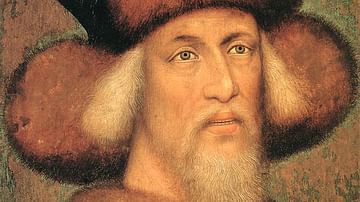
Image
Sigismund of Hungary
Sigismund of Hungary (l. 1368-1437), painting by a Bohemian artist, formerly attributed to Pisanello, 1433.
Kunsthistorisches Museum, Vienna.
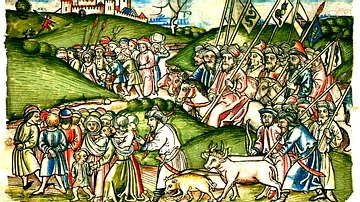
Image
The Mongol Invasion of Hungary
The Mongol invasion of Hungary (1241 CE) in Chronica Hungarorum by Johannes de Thurocz (1488 CE).
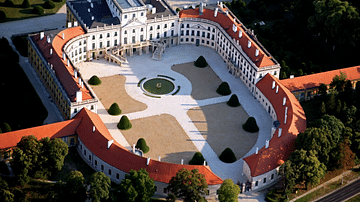
Image
Eszterháza Palace, Hungary
An aerial view of Eszterháza Palace, Hungary, first built in the 1760s by Nikolaus I, Prince Esterházy ‘the Magnificent’ (l. 1714-1790). (Daniel Somogyi-Tóth, www.legifotok.hu)
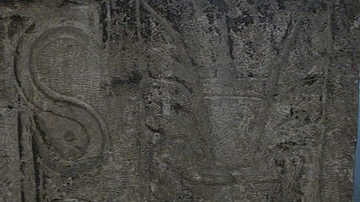
Image
Roman Epigraphic Stone from Hungary
A Roman epigraphic stone found in the ancient town of Brigetio, which was located in the Roman province of Pannonia superior. (This is present-day Komárom, Hungary.) Transcription: D(is) M(anibus) / C(aio) Iul(io) Candidiano / q(ui...
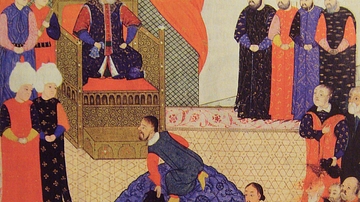
Image
John Sigismund of Hungary with Suleiman I
An Ottoman court artist's impression of the Hungarian King John Sigismund Szapolyai (r. 1540-1551 CE; 1556-1570 CE) paying homage to the Ottoman Sultan Suleiman I the Magnificient (r. 1520-1566 CE), in 1556 CE at Zemun (part of modern-day...

Definition
Batu Khan
Batu Khan (l. 1205-1255 CE) was a grandson of Genghis Khan and the founder of the Golden Horde. Batu was a skilled Mongol military commander and won battles from China to Persia, although his most famous exploits involve the grand Mongol...
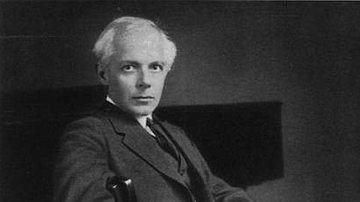
Definition
Béla Bartók
Béla Bartók (1881-1945) was an innovative Hungarian pianist and composer most famous for his classical works for piano and orchestra, string quartets, and songs, many of which present traditional Hungarian and other European folk themes...

Article
The Mongol Invasion of Europe
The Mongol invasions of Russia and Eastern Europe occurred first with a brief sortie in 1223 CE and then again in a much larger campaign between 1237 CE and 1242 CE. The Mongols, seemingly coming from nowhere and quickly gaining a reputation...

Definition
Treaty of Brest-Litovsk
The Treaty of Brest-Litovsk, signed on 3 March 1918, outlined the harsh conditions under which the crumbling Russian Empire withdrew from the First World War (1914-18). Negotiated by Vladimir Lenin (1870-1924), the leader of Soviet Russia...